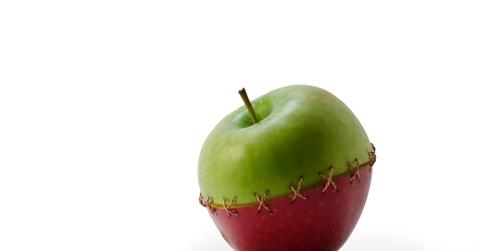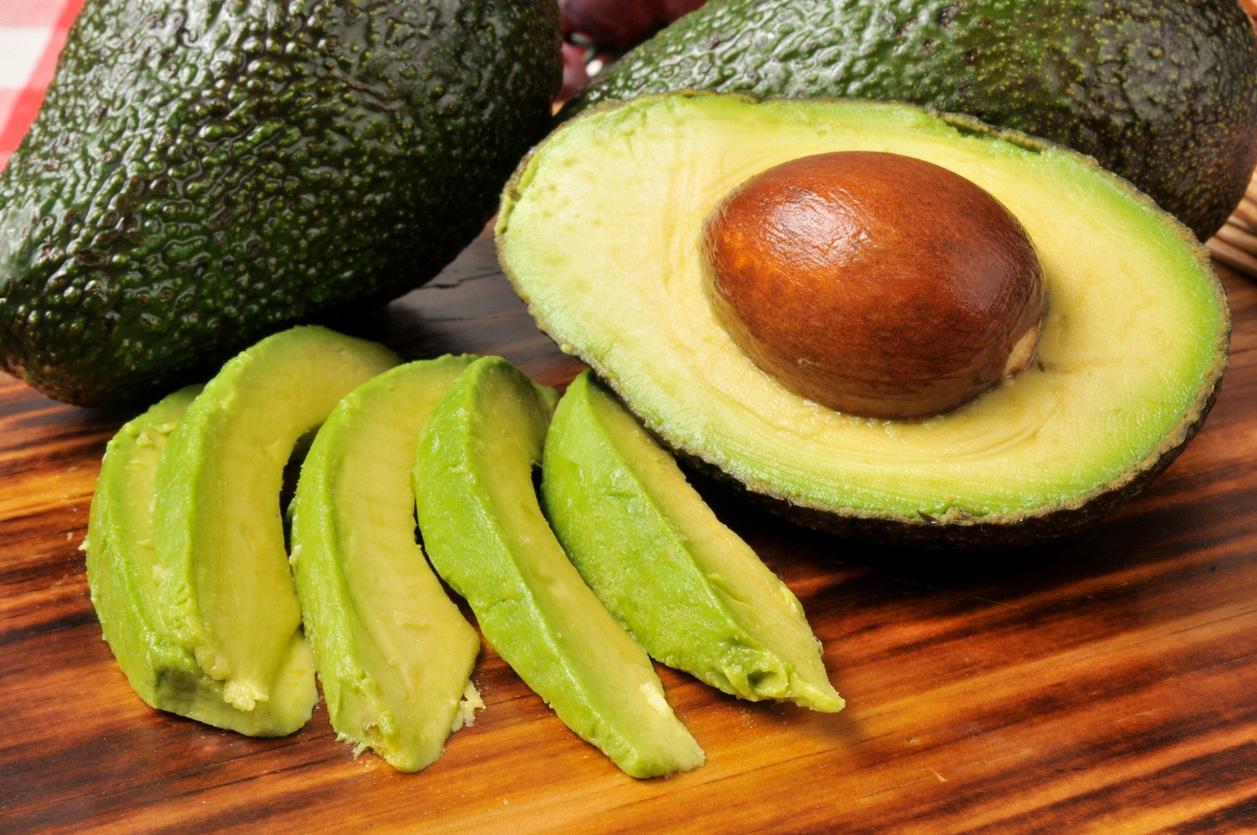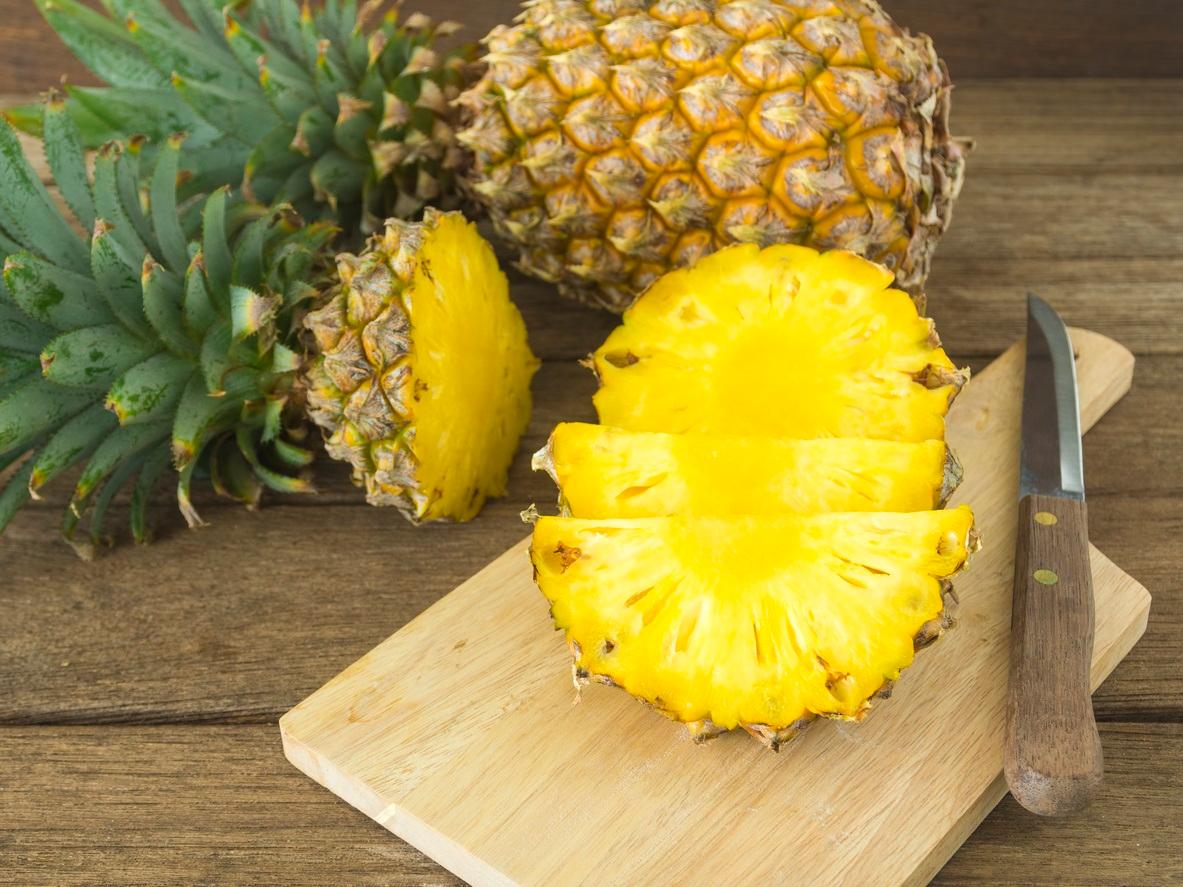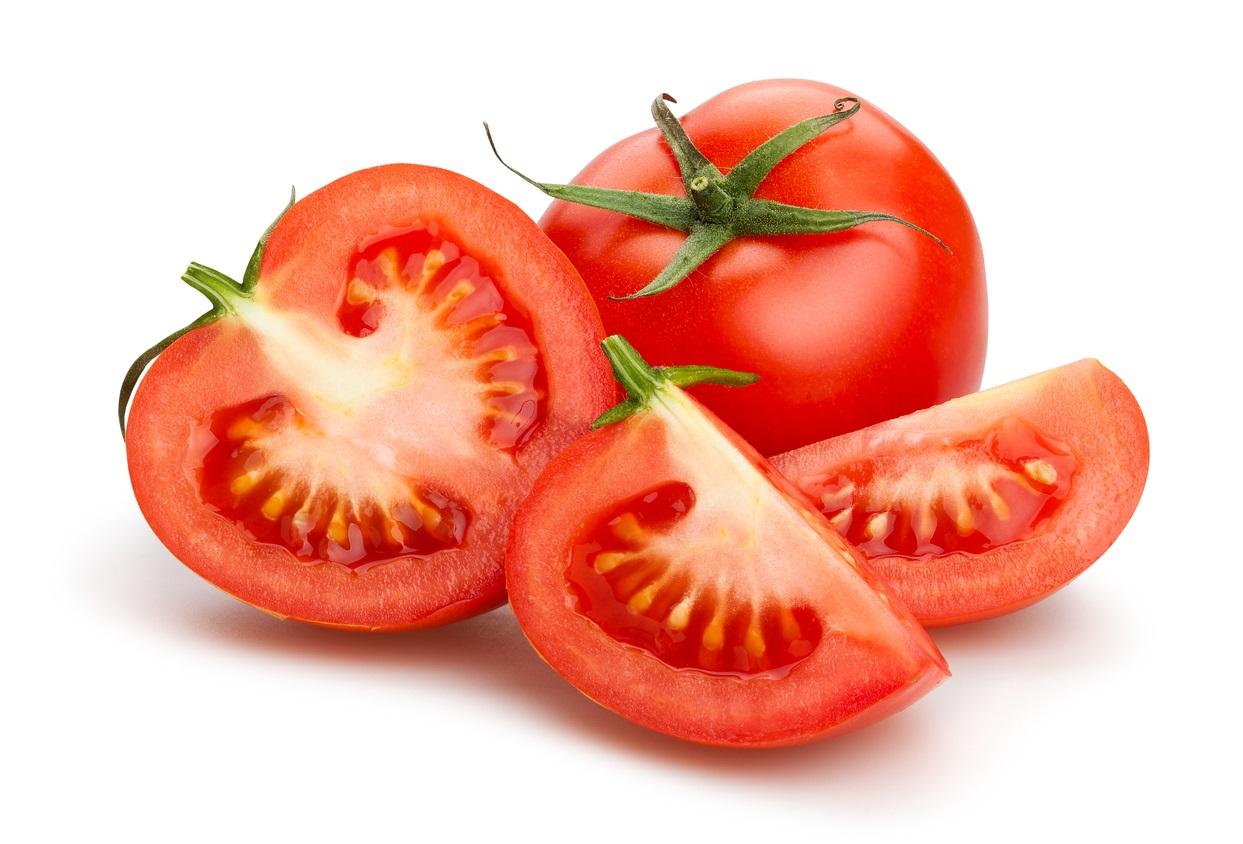5 Ways To Use Your Kitchen Scraps To Regrow Your Favorite Foods
Not only are fruits and vegetables healthy, they're easy to regrow in any size home. Using scraps from your favorite foods, you can easily grow strawberries, avocados, citrus fruits, and even pineapple right in your own kitchen.
Updated May 18 2019, 6:19 a.m. ET
Not only are fruits and vegetables healthy, they can have incredible restorative powers. Using only their scraps, you can grow your own, brand new food. Depending on the type of food you're working with, you will need to either find and plant their leftover seeds or plant a part of the original food itself, partaking in a process called vegetative propagation.
Many fruits and veggies are remarkably hardy and can even survive indoors, or with minimal care. And growing your own food often means you'll produce less waste, and spend less money. It also saves time and commutes to the grocery store. Growing your own food using scraps can also be a great way to teach kids and teenagers responsibility and help them connect with nature and the environment. Even if you don't have a green thumb in general, regrowing food from scraps is a great skill to learn, and one that will likely help both your health and the planet.
Here are five nutritious fruits and vegetables that you can regrow using only scraps, and how to do it right at home. Instructions are courtesy of Tasty.
1. Strawberries
Easily portable, high in dietary fiber and antioxidants and famously sweet, strawberries are wonderful little fruits. They're also easy to regrow from little more than a few scraps, and simple to maintain once they get growing.
Strawberries must be regrown from seeds, so your first task is to gather a few strawberry pieces with seeds still attached to the outside. Each strawberry has around 200 seeds, so this shouldn't bee too hard! Once you have selected your scraps...
1. Lay the strawberry scraps against a solid-colored surface (like a dish cloth or paper towel) in a well-lit area for optimal visibility
2. Using a toothpick, pick out at least 12 seeds
3. Deposit the seeds at the bottom of a paper cup, where they can dry at room temperature for two to three days
4. Add soil
Once your strawberries begin to sprout (in around four to six weeks) place them in an area with moderate sunlight, either outdoors (during warm weather) or indoors. After six weeks of growth, transfer the strawberry plants to your garden or a larger pot. Many people grow strawberries in large pots right on their decks or porches with great success.
2. Avocados
Avocados are known for being one of the healthiest fruits out there. High in potassium and omega-3 fatty acids, they can help your heart and brain stay healthy. They can also be grown at home--all you need is one avocado pit and four toothpicks, and a small glass of water.
1. Rinse and dry one avocado pit
2. Stick the ends of your four toothpicks into the avocado pit, an equal distance apart and firmly enough that they can't fall out
3. Use the toothpicks to suspend your avocado pit across the mouth of the water glass. Make sure the pit is halfway submerged
4. Once the stem of your avocado plant grows to six inches long, cut the stem in half
5. Once the stem regrows it's leaves, transfer it to soil
Avocado plants do best in warm to hot climates, so if you're thinking of growing your own avocados, be sure to keep them outdoors only if you live in a hot climate. Otherwise, consider keeping them in a small, home greenhouse.
3. Pineapple
Pineapples are known for their tropical, tangy kick. They also boast an impressive array of health benefits, from helping to improve eyesight to strengthening bones. Another great thing about pineapple is how easy it is to grow! All you need to begin growing your own pineapple is the very top of one pineapple (the leafy part, also known as the "crown"), four toothpicks, and one glass of water.
1. Dry the crown for two to seven days--long enough that no moisture can be felt in the ends of the leaves
2. Stick the toothpicks in the bottom of the crown, an equal distance apart and firmly enough that they can't fall out
3. Use the toothpicks to suspend your pineapple crown across the mouth of the water glass. Make sure the base of the stem is fully submerged
4. Transfer to soil in about five to eight weeks
It is worth noting that pineapples are slow-growing plants, and can take around two to three years to produce new fruit. But the good news is that they are very hardy plants, which can be grown indoors at room temperature without much trouble.
4. Tomatoes
Tomatoes are hardy, versatile vegetables which can find a place in almost any meal. Sandwiches, soups, salads, and pastas can all be improved with a bit of tomato. To begin growing your own tomatoes, all you need is a single tomato slice, a cup, and some soil.
1. Place a few centimeters of soil in the bottom of the cup
2. Place the tomato slice on top of the soil
3. place a few centimeters of soil on top of the tomato slice
4. Spray lightly with water
5. Keep in a warm spot until plants begin to sprout (can take between 30 and 100 days, depending on which variety of tomato you have)
6. Transfer to a larger pot when plants reach three inches in height.
Tomatoes can be grown indoors or out, and require little watering to thrive. Because they are one of the most commonly used produce items, they are one of the most economical to grow yourself!
5. Citrus
Citrus fruits, such as limes, lemons, grapefruits, and oranges are known for their sharp, crisp flavors. They are also high in Vitamin C, which can improve immunity and even help to protect against the common cold. All four of these fruits can also be grown at home from scraps! All you'll need to get started are some citrus scraps, a cup of potting soil, and some cling wrap. Just like strawberries, citrus fruits will only grow from extracted seeds. Lay your scraps on a single-color surface, such as a dish cloth or paper towel. Then...
1. Extract as many seeds as you can from your citrus scraps, using a small tool like a fork or toothpick
2. Rinse the seeds but do not dry them
3. Place the seeds on top of the soil, then cover with a light sprinkling of more soil
4. Mist lightly
5. cover the top of the cup with cling wrap, and poke several holes in the top
6. Keep in a warm spot until sprouts appear
7. Transfer to larger pot or outdoors when sprouts reach a few inches in height
Grapefruit is often eaten at breakfast time, sometimes as a standalone meal. Oranges make great snacks and juice. Lemons and limes can produce zest for salads, be baked with chicken, or can be used to enhance the flavor of beverages from tea to soda.





